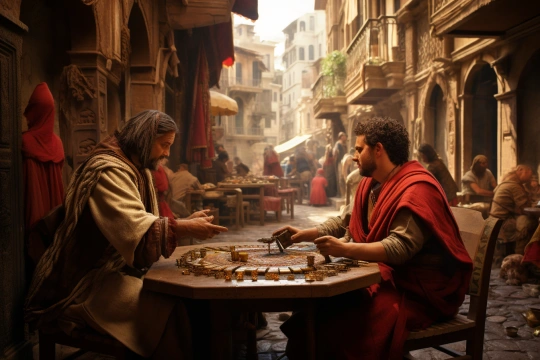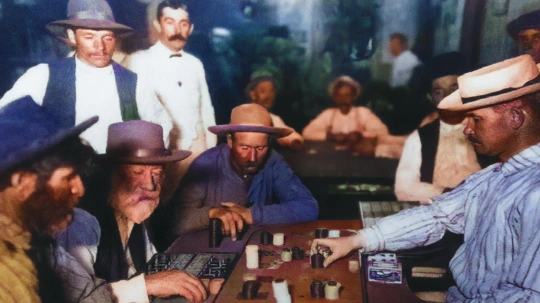Among the mirages and mysteries of the Eastern world, one particular intrigues and lures with its mystical aura - "Satta Matka".
Satta Matka is not just a lottery, it's a cultural phenomenon, the history of which dates back to the mid-20th century and is tied to cotton trading. But what lies behind this game? Why does it attract millions of people despite its prohibition? And what risks does participation in Satta Matka entail?
Historical Overview
Let's take a journey into the past to unravel the roots of this famous, yet forbidden, game. To understand Satta Matka, we must turn to the history of mid-20th-century India.
Satta Matka, in its original form, was not a lottery in the sense that we are accustomed to understanding it. It started with people placing bets on the opening and closing rates of cotton, which were transmitted from the New York Cotton Exchange to the exchange in Bombay. This was a time when the cotton industry was in the spotlight, and betting on cotton prices was a common affair.
However, over time, as electronic exchanges replaced traditional ones, cotton trading became more complex, and Satta Matka transformed into what we know today - a lottery where participants place bets on randomly selected numbers.
In the 70s and 80s of the 20th century, Satta Matka was at the peak of its popularity. Across India, "Matka dens" were opened, where people could place a bet and try their luck. This was a time when Satta Matka was not just a game, but also a cultural phenomenon impacting social life.
However, like all things related to gambling, Satta Matka was not without its shadows. Along with admiration came criticism, allegations of manipulation, and, of course, legal consequences. These issues led to the game being banned in most regions of India, yet it remained one of the most recognizable and discussed gambling games in the country.
How to Play Satta Matka
Now that we've learned about the historical context of Satta Matka, let's delve into the mechanics of the game itself. Although the game may seem complex at first glance, it is surprisingly simple once you start to understand its basic rules.
Satta Matka is based on the random selection of numbers. Participants place bets on numbers from 0 to 9. The numbers are then mixed, and two numbers are selected, which become the "winning" numbers. Then these numbers are added up, and the last digit of the sum becomes part of the final "winning number". For example, if the selected numbers are 2 and 3, their sum would be 5, and the winning number would be "2,3,5".
Despite the game seeming simple, it has its intricacies. Participants must choose their numbers strategically, taking into account probabilities and statistics. This adds a layer of strategy to the game and makes it even more exciting.
It's important to note that, despite its simplicity and allure, Satta Matka is a gambling game, and like all gambling games, it involves a lot of risks. Players often put large amounts of money at stake, and a loss can be catastrophic. Additionally, playing Satta Matka is illegal in most regions of India, leading to additional legal risks.
In the following chapters, we will delve deeper into discussing these risks, as well as examine the current state of Satta Matka in India and beyond.
Satta Matka Today and the Risks of Playing
The Current State of Satta Matka
Satta Matka today finds itself in an uncertain position. Despite the game being officially banned in most regions of India, it still remains very popular. Today, the game has spread not just within India, but also to other nations, thanks to the penetration of the internet, which has erased geographical boundaries and made Satta Matka accessible to all.
However, in spite of its popularity, Satta Matka remains illegal in most parts of India. This is because gambling games with monetary stakes are typically regarded as a form of activity that promotes social instability and can lead to numerous negative consequences.
Risks and Consequences of Participating in Satta Matka
Participating in Satta Matka, like any other gambling game, comes with certain risks. One of the most evident ones is the legal consequences. Participating in illegal gambling games can lead to arrest, fines, and even imprisonment.
Furthermore, Satta Matka, like any other gambling game, can trigger a problem of gambling addiction. This is a condition where a person can't control their urge to gamble, even if it negatively impacts their life. Gambling addiction can lead to serious financial problems, poverty, loss of employment, family conflicts, and many other issues.
From an economic perspective, gambling can also have a negative impact on society. It can lead to a loss of productivity, as people spend time and money on gambling instead of working or engaging in other beneficial activities. Gambling can also contribute to an increase in crime, as some individuals might resort to illegal actions to pay off their gambling debts.





